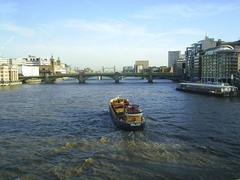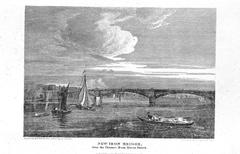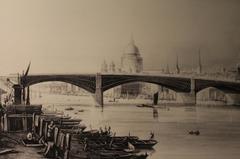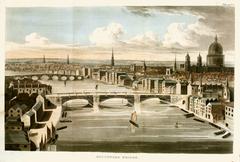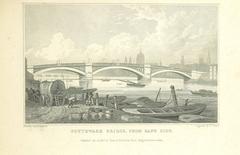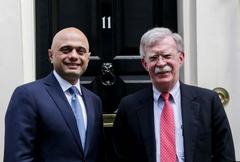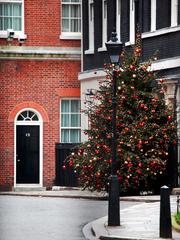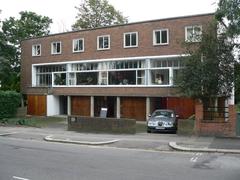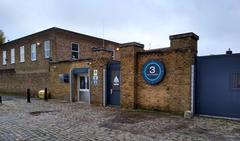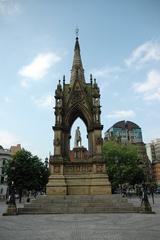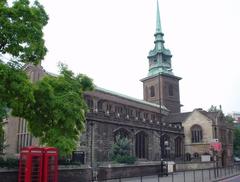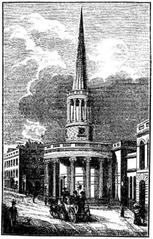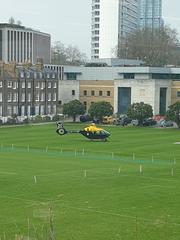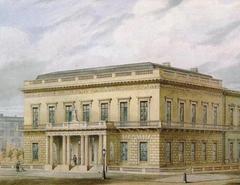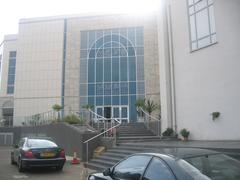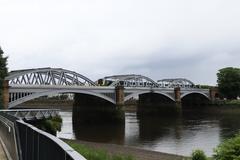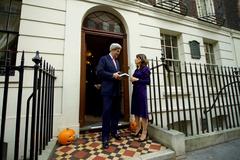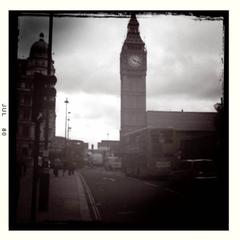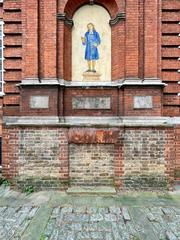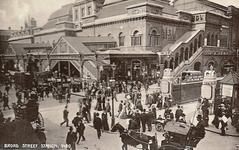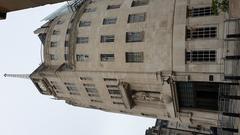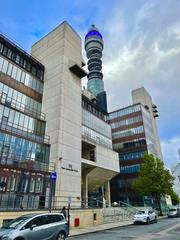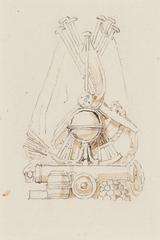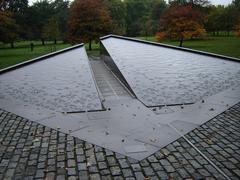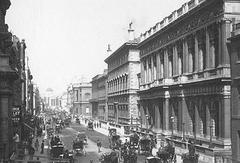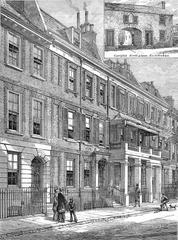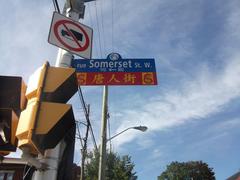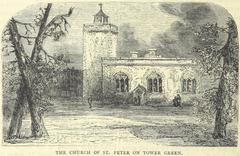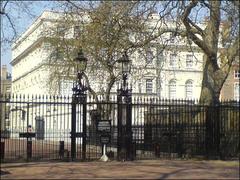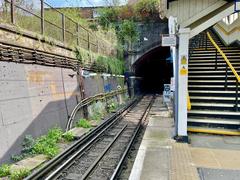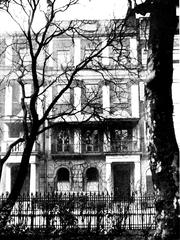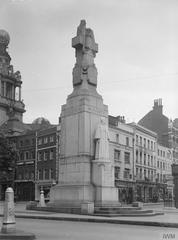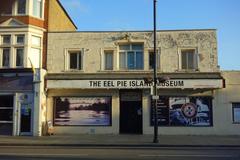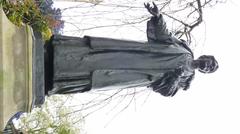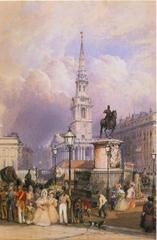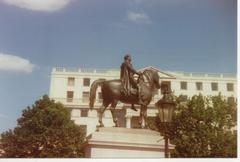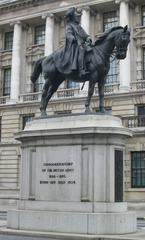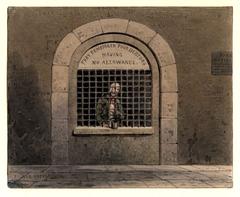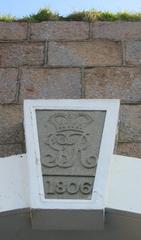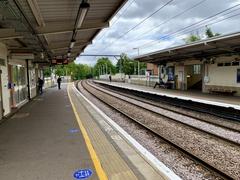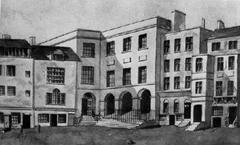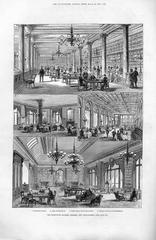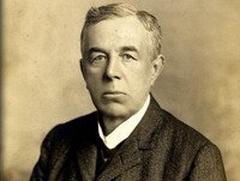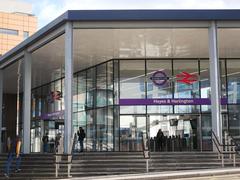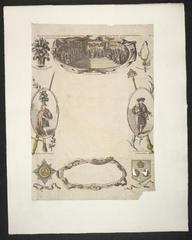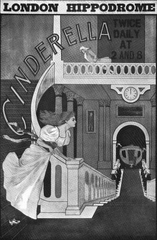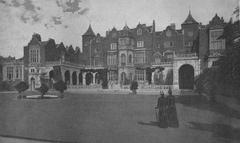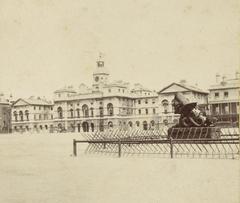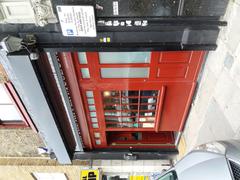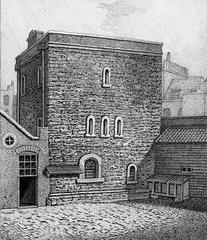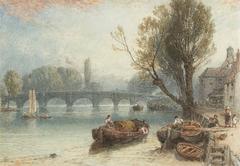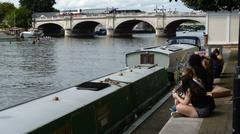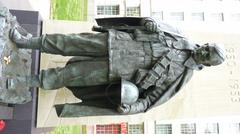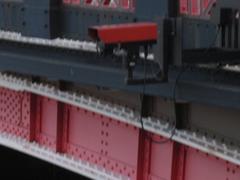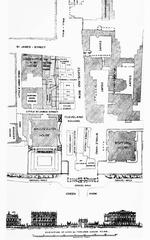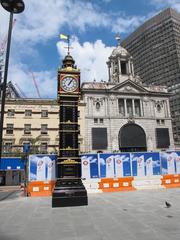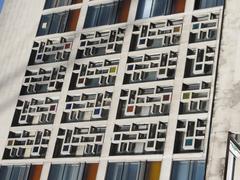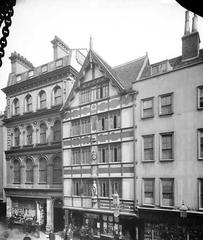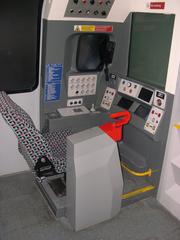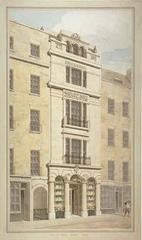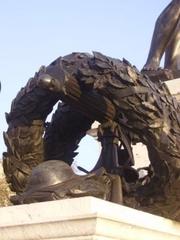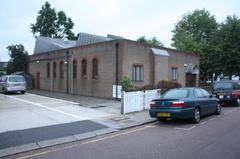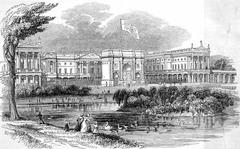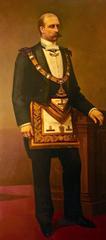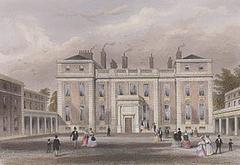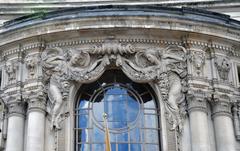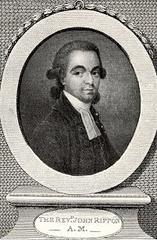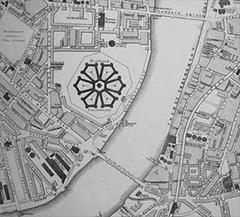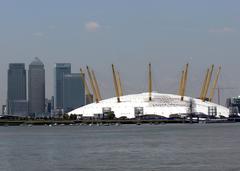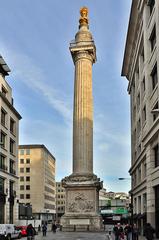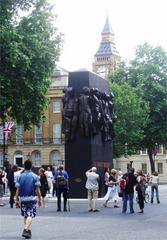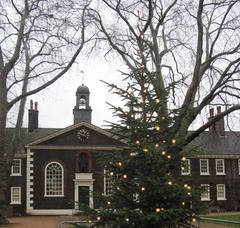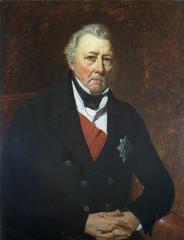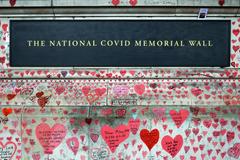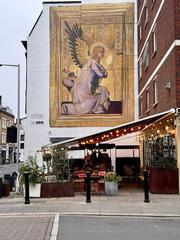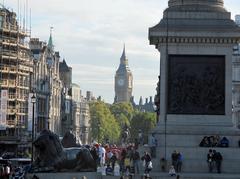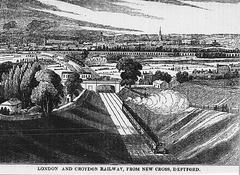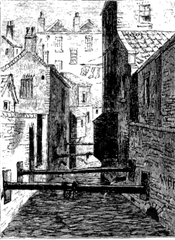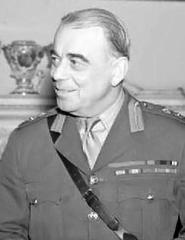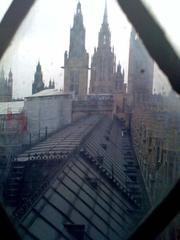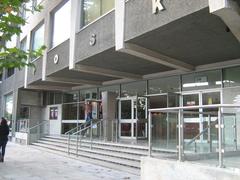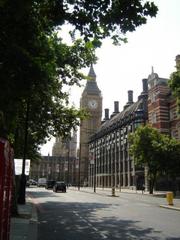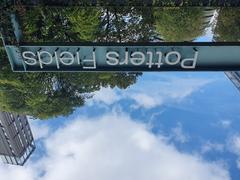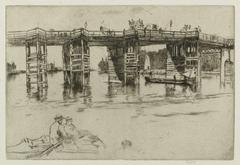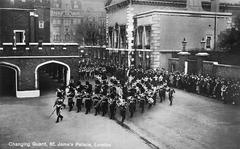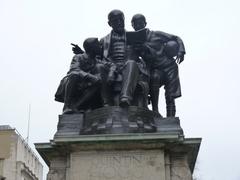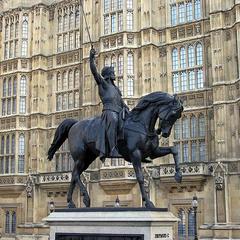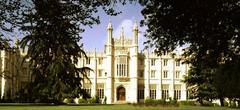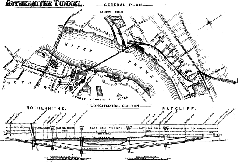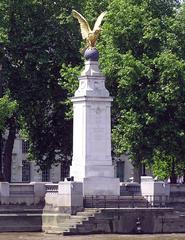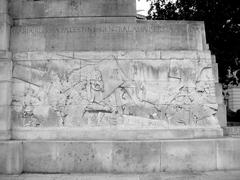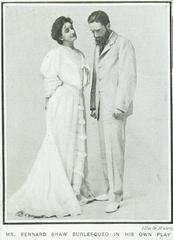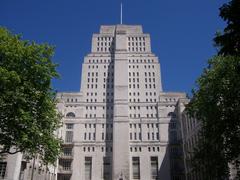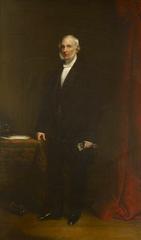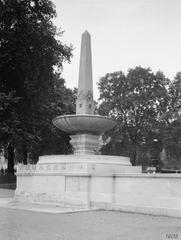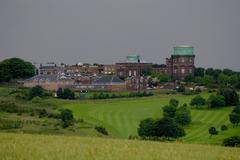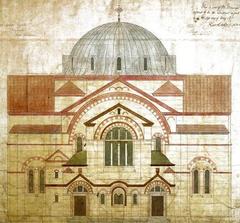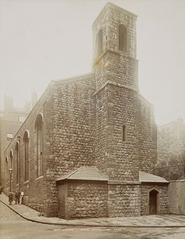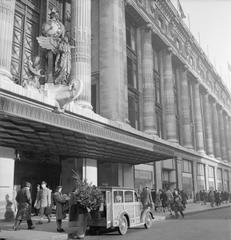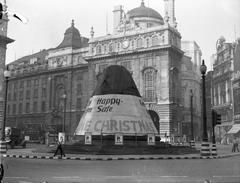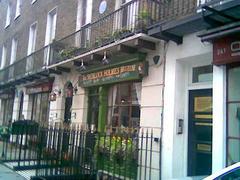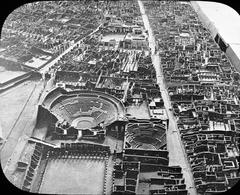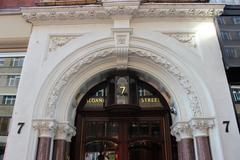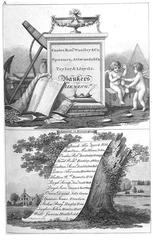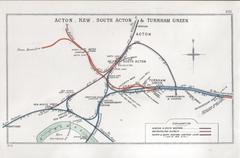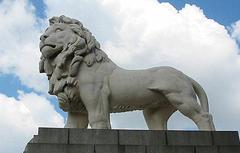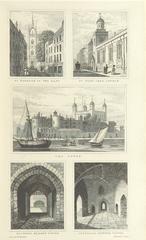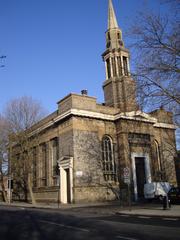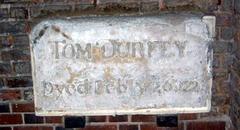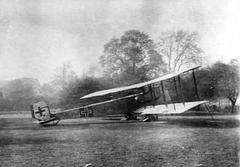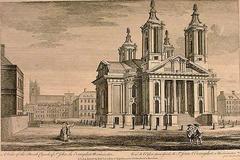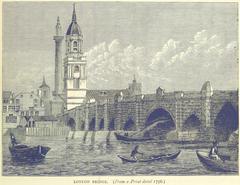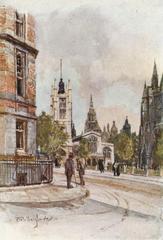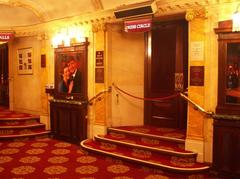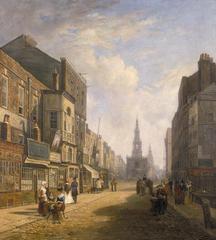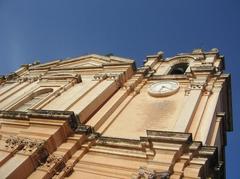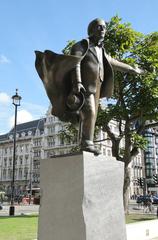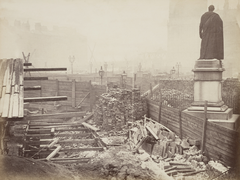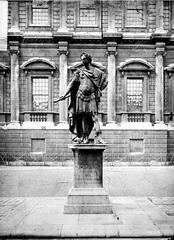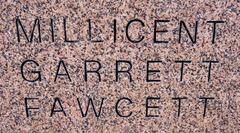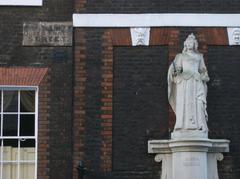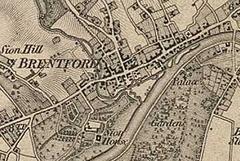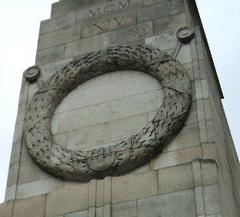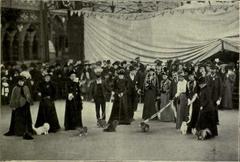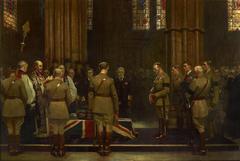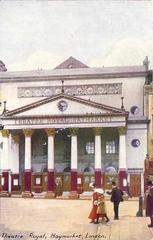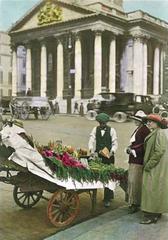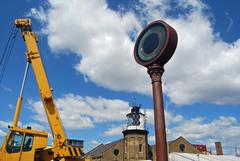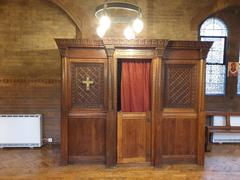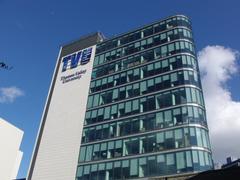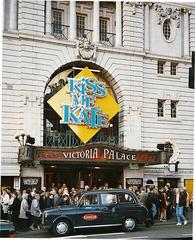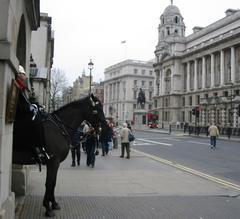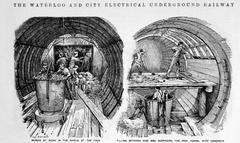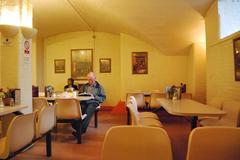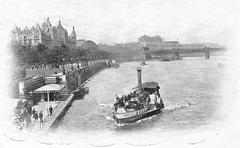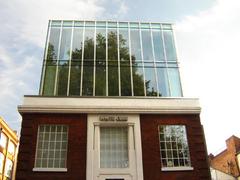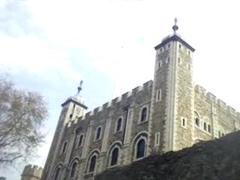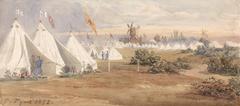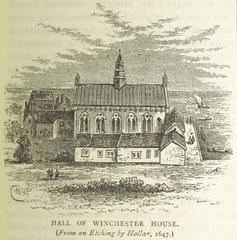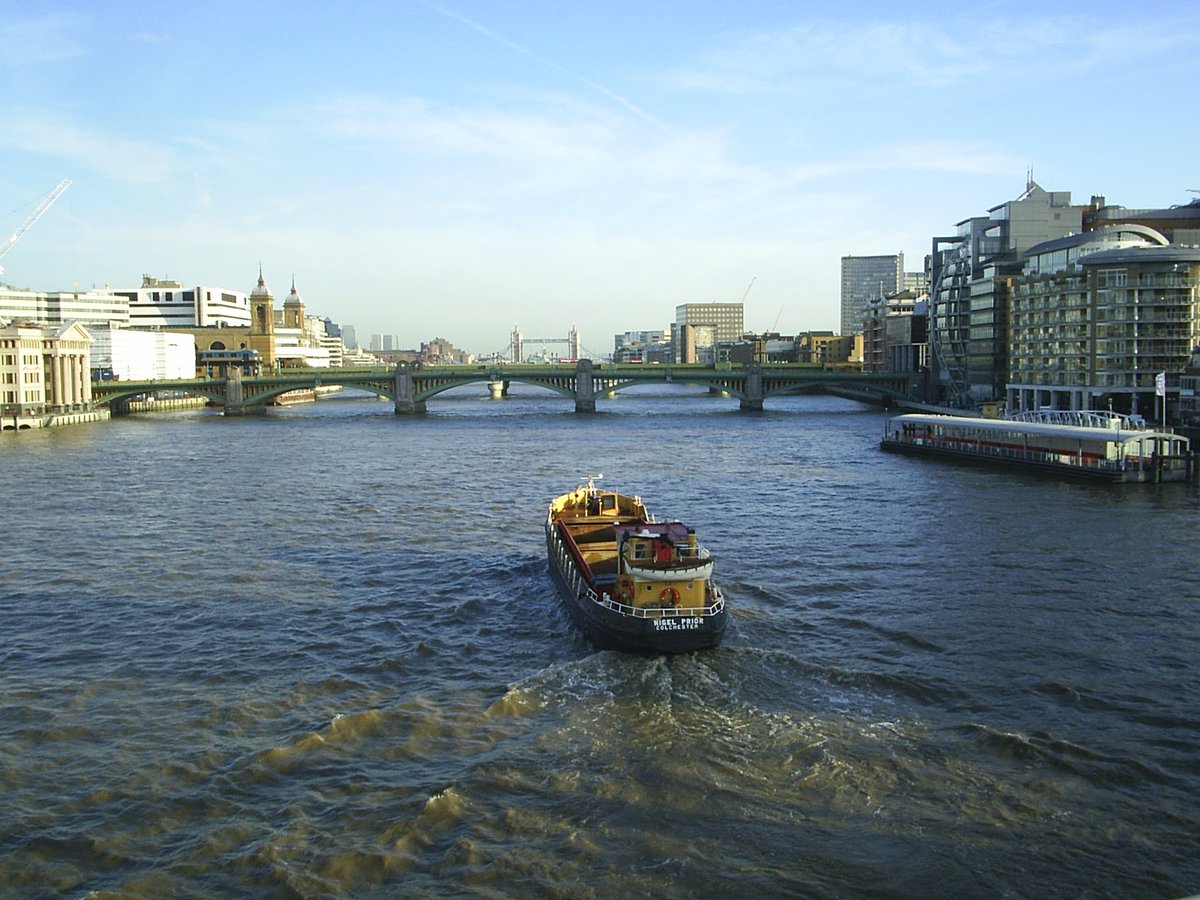
Southwark Bridge Visiting Guide: Hours, Tickets, and Tips
Published Date: 19/07/2024
Introduction to Southwark Bridge
Southwark Bridge is a remarkable structure that not only serves as a vital crossing over the River Thames but also stands as a testament to London’s rich history and architectural prowess. Originally conceived in the early 19th century to alleviate congestion and provide a direct route between the City of London and Southwark, the bridge has undergone significant transformations (Historic England). Designed by the renowned Scottish engineer John Rennie, the initial cast-iron bridge, which opened in 1819, was an engineering marvel of its time. However, as traffic demands increased, it was replaced by a more robust steel structure in 1921, designed by Ernest George and Basil Mott (Engineering Timelines). Today, Southwark Bridge is not just a functional infrastructure piece but also a cultural landmark, connecting key areas of London and serving as a gateway to numerous historical and cultural attractions such as St. Paul’s Cathedral, the Tate Modern, and Shakespeare’s Globe Theatre (London Metropolitan Archives). This guide aims to provide a comprehensive overview of Southwark Bridge, from its historical significance and architectural features to practical visitor information and travel tips.
Contents Overview
- Introduction
- Early Conception and Construction
- Opening and Early Use
- Decline and Reconstruction
- Architectural and Engineering Significance
- Role in London’s Development
- Visitor Information
- Southwark Bridge Visiting Hours and Tickets
- Travel Tips
- Nearby Attractions
- Accessibility
- Cultural and Historical Impact
- Visuals and Media
- FAQs
- Conclusion
- Sources
Explore the History and Significance of Southwark Bridge in London
Early Conception and Construction
Southwark Bridge, a vital crossing over the River Thames in London, has a rich history that dates back to the early 19th century. The initial conception of the bridge was driven by the need to alleviate congestion on the existing bridges and to provide a more direct route between the City of London and Southwark. The first Southwark Bridge was designed by the renowned Scottish civil engineer John Rennie and was constructed between 1813 and 1819. This original bridge was notable for its innovative use of cast iron, which was a relatively new material for bridge construction at the time. The bridge featured three large spans, with the central span measuring 240 feet, making it the largest cast iron span in the world at the time of its completion (Historic England).
Opening and Early Use
The original Southwark Bridge was officially opened on March 24, 1819. It was initially a toll bridge, with pedestrians and vehicles required to pay a fee to cross. The tolls were abolished in 1864, making the bridge free to use. Despite its impressive engineering, the bridge was not heavily used in its early years, partly due to its location and the availability of other crossings. However, it gradually became an important route for traffic between the City and Southwark, particularly as the surrounding areas developed and industrialized (London Metropolitan Archives).
Decline and Reconstruction
By the late 19th century, the original Southwark Bridge was showing signs of wear and was no longer able to accommodate the increasing volume of traffic. In 1913, the decision was made to replace the bridge with a new structure. The new Southwark Bridge was designed by Ernest George and Basil Mott and was constructed between 1913 and 1921. The new bridge was built using steel and granite, materials that provided greater strength and durability compared to the original cast iron. The new bridge retained the three-span design of its predecessor, with the central span measuring 240 feet and the two side spans each measuring 210 feet (Engineering Timelines).
Architectural and Engineering Significance
The new Southwark Bridge, which opened on June 6, 1921, is notable for its elegant design and engineering. The bridge features five steel arches supported by granite piers, with the central arch being the largest. The use of steel allowed for a more slender and graceful design compared to the bulky cast iron of the original bridge. The bridge’s architectural details, including the decorative lamp posts and balustrades, reflect the neoclassical style popular in the early 20th century. The bridge’s design and construction were overseen by the London County Council, which was responsible for many of the city’s infrastructure projects at the time (Institution of Civil Engineers).
Role in London’s Development
Southwark Bridge has played a significant role in the development of London, particularly in the areas of Southwark and the City. The bridge provided a crucial link between the two areas, facilitating the movement of people and goods and contributing to the economic growth of both districts. The bridge’s location, close to major landmarks such as St. Paul’s Cathedral and the Tate Modern, has also made it an important route for tourists and commuters alike. Over the years, the bridge has been maintained and upgraded to ensure its continued use, with major refurbishments carried out in the 1980s and early 2000s (Transport for London).
Visitor Information
Southwark Bridge Visiting Hours and Tickets
Southwark Bridge is open to the public 24/7 and there is no entry fee, making it an accessible and cost-free attraction for visitors.
Travel Tips
The bridge is easily accessible via public transportation. It is a short walk from several London Underground stations, including Mansion House, Cannon Street, and London Bridge. For cyclists, dedicated cycle lanes are available on the bridge.
Nearby Attractions
While visiting Southwark Bridge, you can explore several nearby attractions such as the Tate Modern, Shakespeare’s Globe Theatre, Borough Market, and St. Paul’s Cathedral. These sites offer a rich blend of cultural, historical, and culinary experiences.
Accessibility
Southwark Bridge is wheelchair accessible, and the surrounding paths are well-maintained to ensure a comfortable visit for everyone.
Cultural and Historical Impact
Southwark Bridge has also had a significant cultural and historical impact. The bridge has been featured in various works of literature and art, including Charles Dickens’.
Visuals and Media
FAQs
Q: What are the Southwark Bridge visiting hours? A: Southwark Bridge is open to the public 24/7.
Q: Are there any Southwark Bridge tickets required? A: No, there is no entry fee to visit Southwark Bridge.
Q: What are the nearest attractions to Southwark Bridge? A: Nearby attractions include the Tate Modern, Shakespeare’s Globe Theatre, Borough Market, and St. Paul’s Cathedral.
Conclusion
Plan your visit to Southwark Bridge today and explore the rich history and stunning architecture of this iconic London landmark! Whether you’re a history enthusiast, an architecture buff, or a casual visitor, Southwark Bridge offers a unique and enriching experience.
Summary and Final Thoughts
In summary, Southwark Bridge is more than just a crossing over the River Thames; it is a historical and architectural landmark that has played a crucial role in the development of London. From its early conception by John Rennie to its reconstruction by Ernest George and Basil Mott, the bridge has evolved to meet the growing demands of the city while maintaining its aesthetic and structural integrity (Institution of Civil Engineers). Today, it serves as a vital link between the City of London and Southwark, facilitating both economic activity and cultural exchanges. Visitors can enjoy stunning views of the London skyline, explore nearby attractions like the Tate Modern and Borough Market, and appreciate the bridge’s elegant design and historical significance. As London continues to grow and evolve, Southwark Bridge remains a testament to the city’s rich heritage and its commitment to sustainable development and cultural preservation (Transport for London). Whether you are a local resident or a tourist, a visit to Southwark Bridge offers a unique and enriching experience that captures the essence of London.
